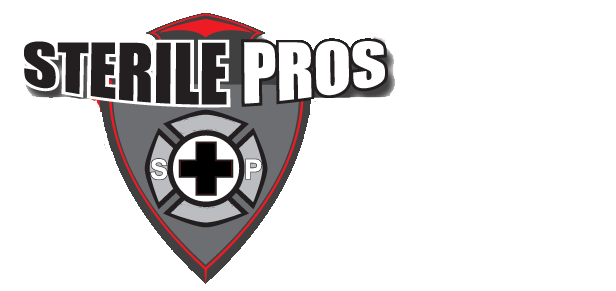How Is Hoarding Different from Just Plain Messiness?
Hoarding disorder is a cruel mental illness. It causes the sufferer to believe possessions–however worthless–are valuable and must be kept. The thought of parting with things can be upsetting and stressful, so they are allowed to accumulate.
The average messy person can get fed up with clutter and do a clean sweep, tidying and throwing away or donating things they don’t use anymore. Hoarders simply cannot do this.
Hoarding begins with a home that is generally clean and maintained but beginning to be on the cluttered side, with piles of clothes, books, papers, or whatnot accumulating here and there. It progresses by stages to the point where rooms are so piled with junk that kitchens and bathrooms cannot be used; hallways and staircases are barely passable.
Hoarders can eventually become trapped in a prison of their own making.
Walking into a Hoarding Situation
When you first walk into the home of a hoarder, you wonder how anyone could live there. In extreme hoarding situations, filth, odor, and mold are present. It’s difficult to move about. Stuff is piled head high.
The accumulation of what is basically garbage eventually attracts pests, so don’t be surprised to find bugs and rat droppings. If the bathroom plumbing has been rendered unusable, expect to find much worse. If accumulated pets are part of the mix, expect all sorts of animal waste, pet food cans, and possibly carcasses.
If the situation is that bad, the best tip is to let a professional biohazard cleaner handle it. You’re taking a risk to your health by diving into such a mess. It’s also highly unlikely that you are equipped to effectively clean and sanitize the space, especially if mold or human or animal waste are present.
Where to Start? Tackling Hoarding Cleanup Yourself
If a hoarding situation is at a level you think you can tackle, there are some steps to make it more manageable.
Be aware that if the hoarder is part of the cleaning process, it will be much slower and must be handled more sensitively and compassionately.
- First of all, don’t charge in willy-nilly with no plan. Zero in on what must happen first and don’t get distracted. Focusing on one small goal at a time makes it feel less overwhelming.
- Gather heavy duty trash bags, lots of boxes and plastic storage totes, and plenty of cleaning supplies. A vacuum with a HEPA filter is helpful.
- You may want to consider renting a dumpster. Being able to quickly dispose of garbage gets it out of the way. Since you won’t have much space to work in, the faster the garbage goes out the better. This also frees up space for organizing any belongings that may be salvageable.
- Make sure you have adequate personal protective equipment. Masks, gloves, and goggles are essential.
- Pump up the jams. Your favorite music can help energize you and make the job less awful.
- A good place to start is the kitchen or the bathroom because you’ll want access to running water. The bathroom is probably the best starting point. It’s a small space, and since you’ll be spending a lot of time at the property you’ll definitely need a working toilet.
- At this point, the best idea is to move on to the worst area and get it over with while you are feeling gung-ho and energetic. Finish that area before moving on to a new one.
- If there are items that can be kept, donated, or recycled, organize a system for sorting and setting these things aside. If something is contaminated with animal droppings, definitely get rid of it.
- Don’t bother trying to deep clean the property until the clutter has all been dealt with.
- Once everything is out, you may find warped floors, moldy carpet, or areas of flooring ruined by animal waste or bodily fluids. Otherwise, mopping several times or thoroughly going over carpets with a steam cleaner can restore floors.
It can take awhile, but restoring a property to habitable condition is worth the effort. But remember, if the job becomes too overwhelming, help is always a phone call away.
Sterile Pros has been tackling hoarding situations in Southern California, Nevada, and Arizona for over a decade.
